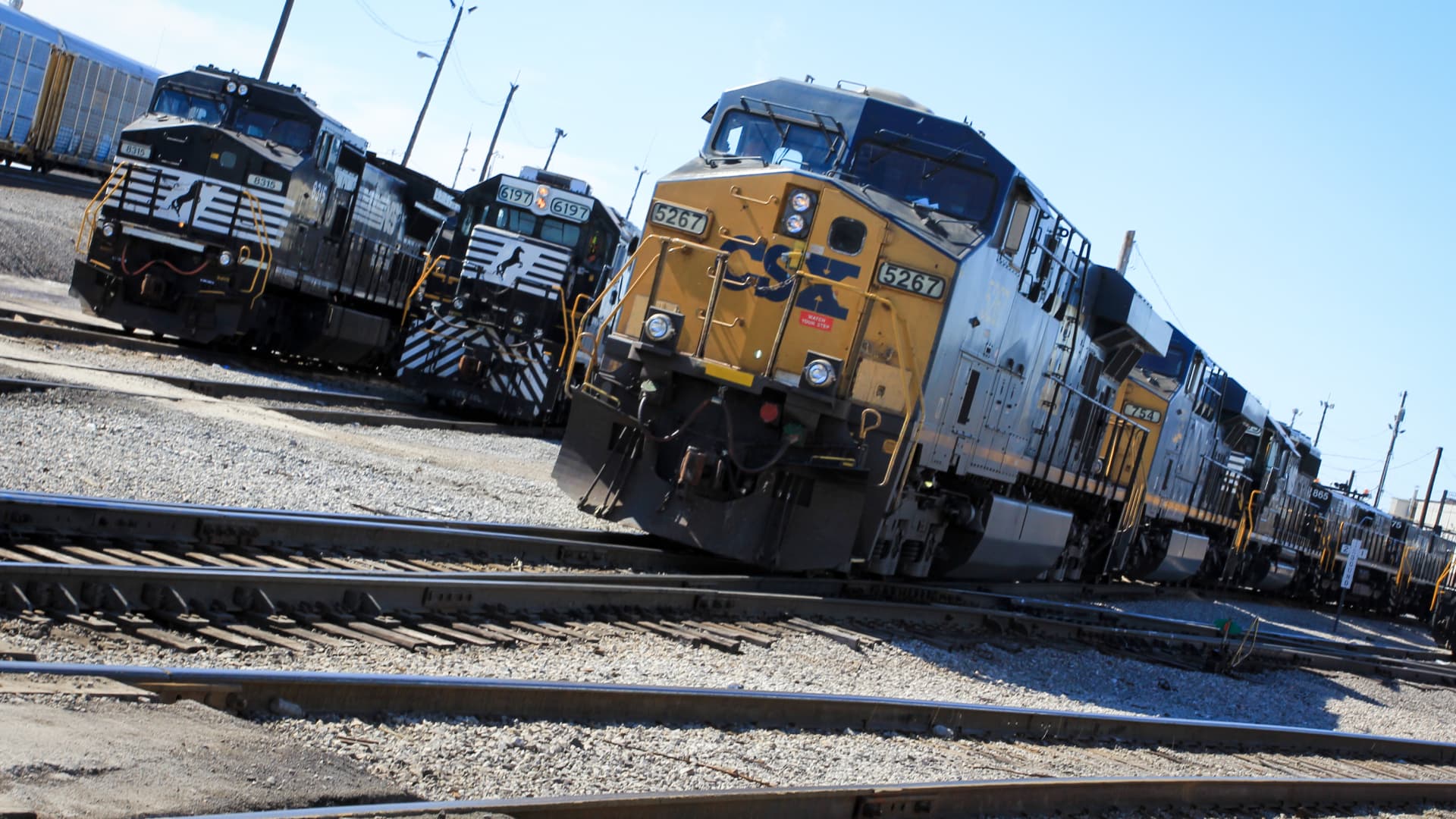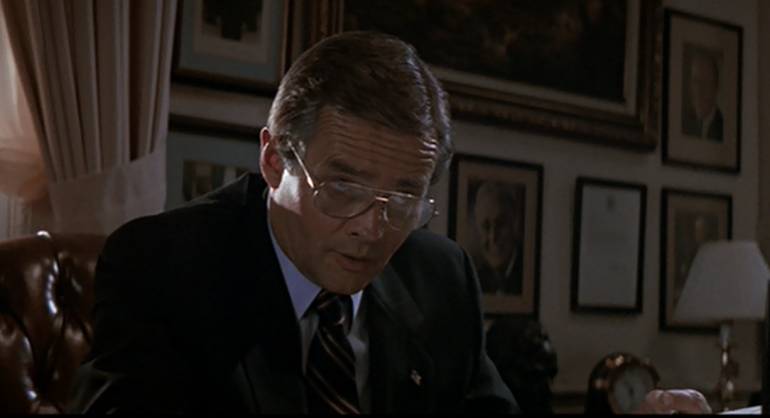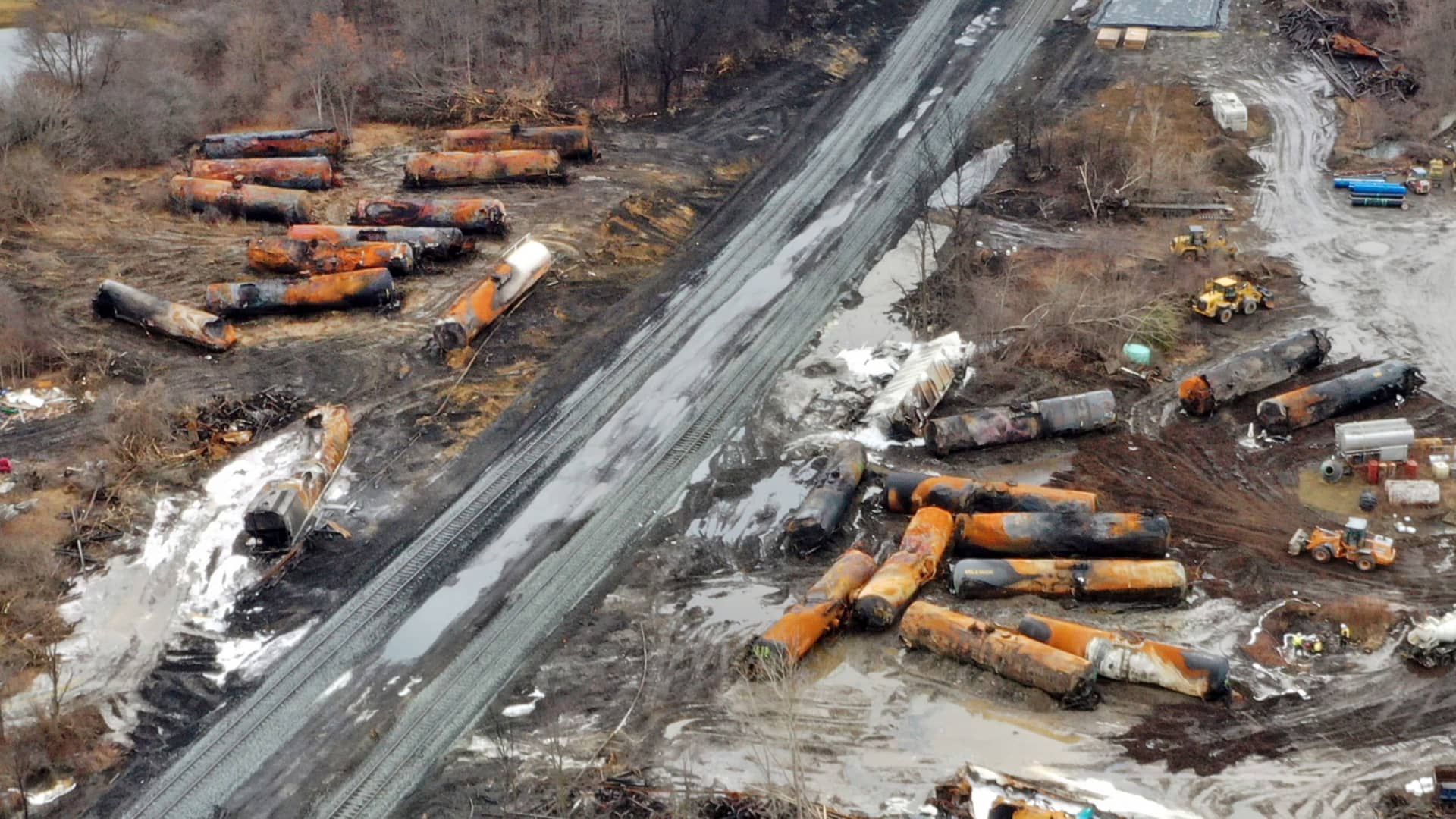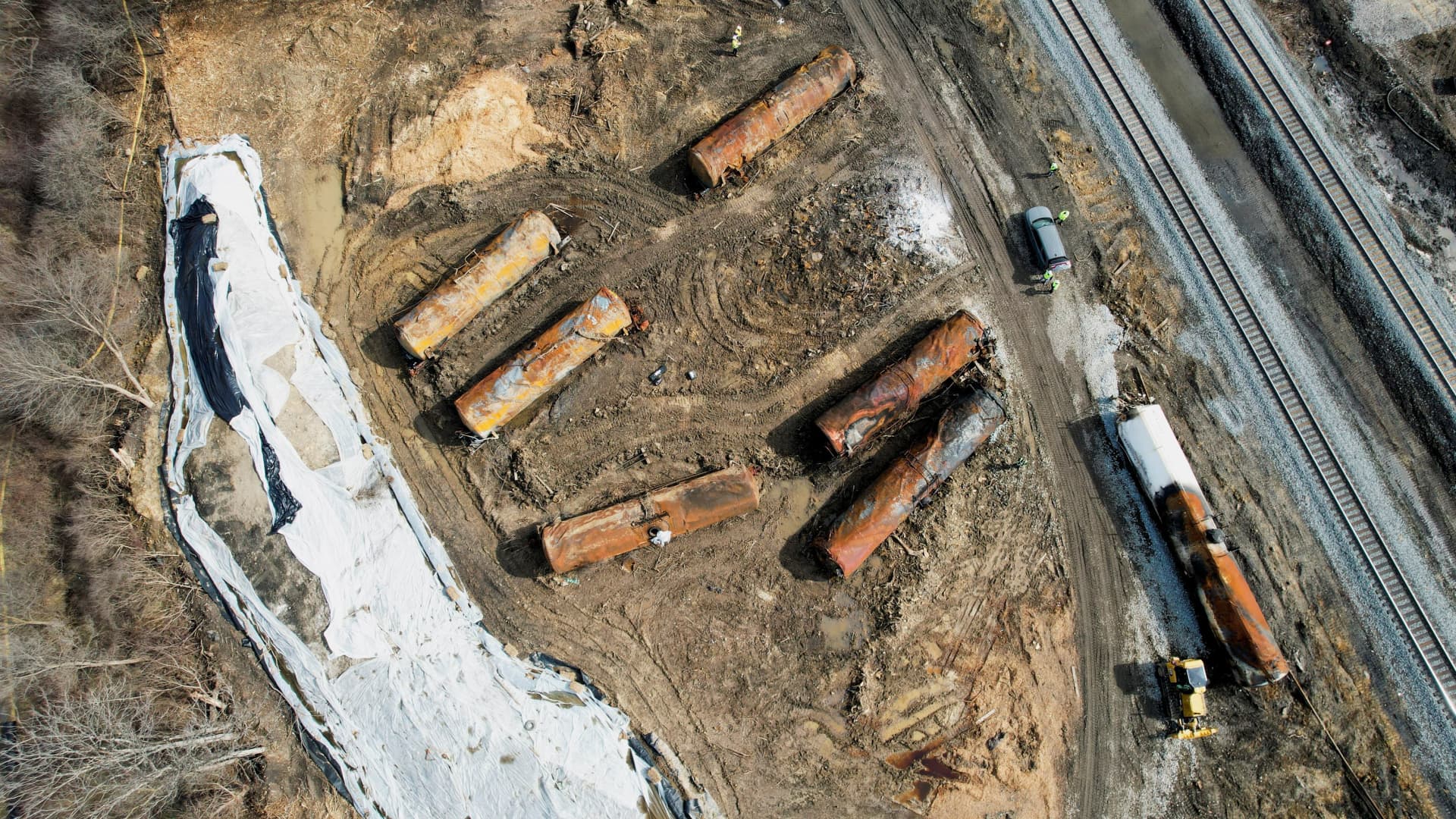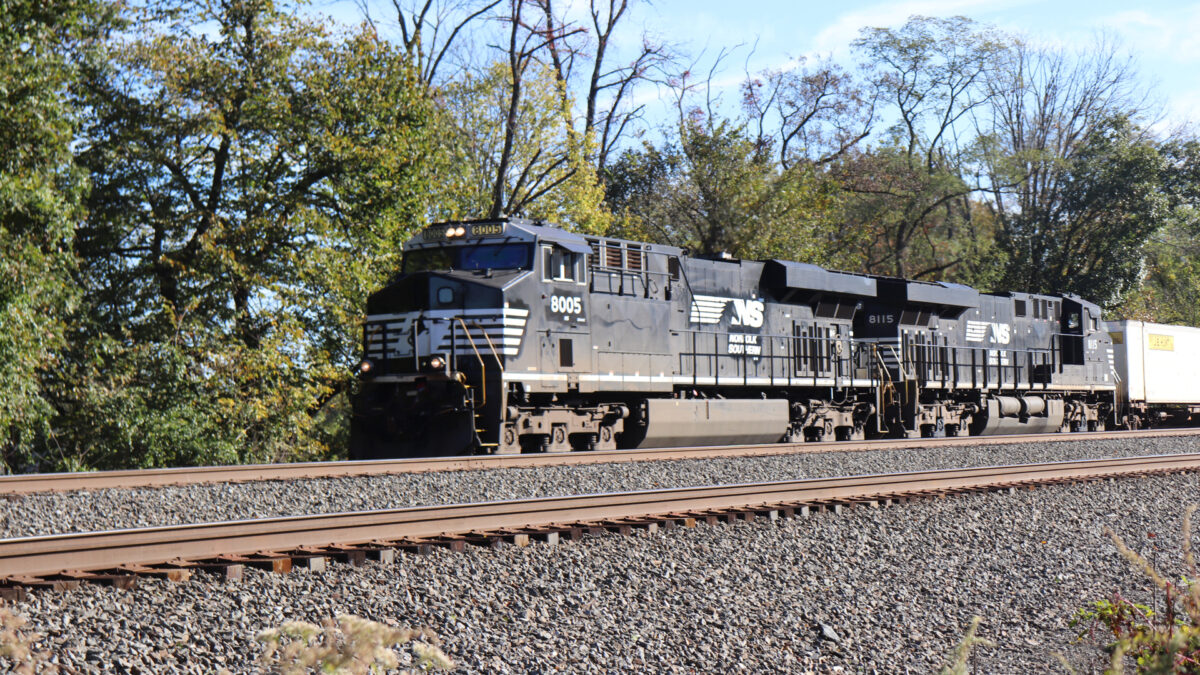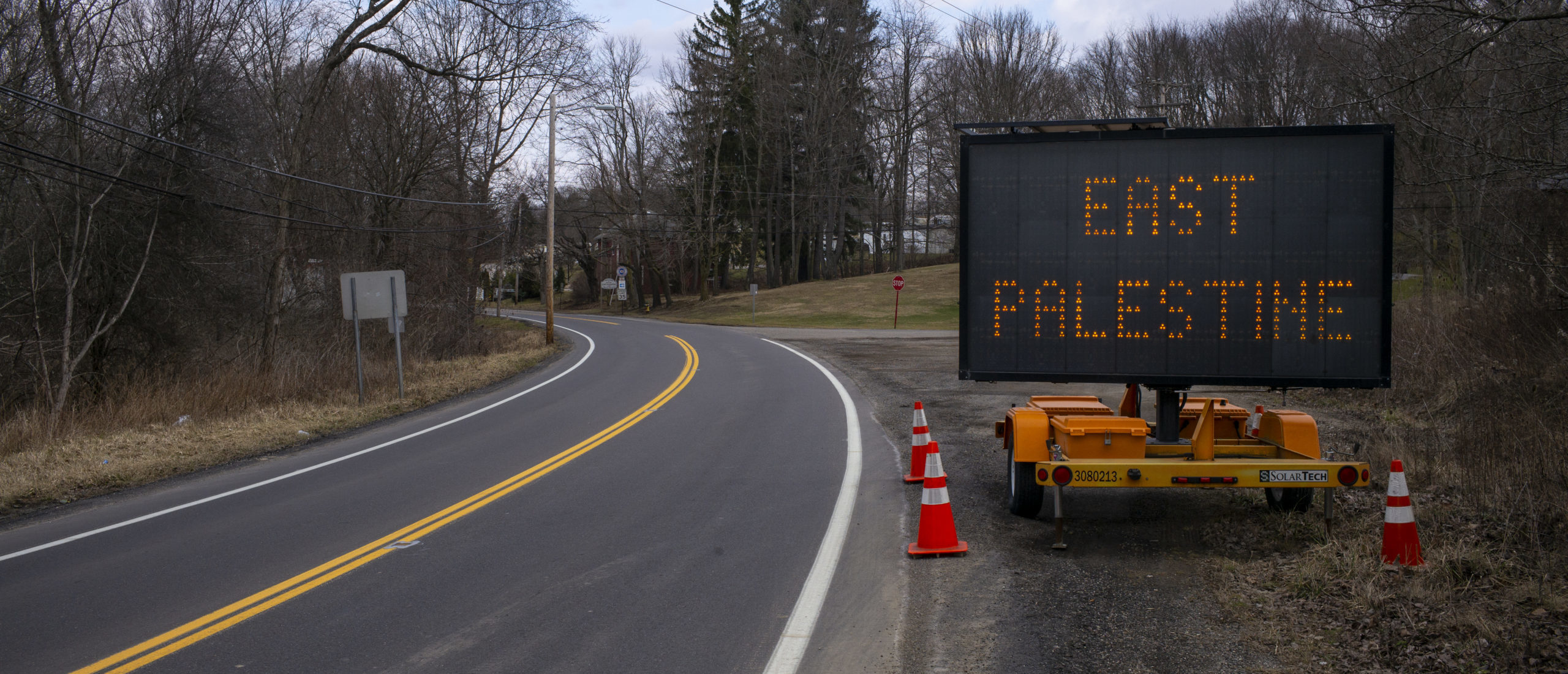So Distributed Power would be like the Tesla of Train Cars... Cars with special wheels that are electrically powered motors, Correct?
No. Something like that, doesn't exist - except in light-rail or heavy rail electrified railcars.
Distributed Power, is a helper engine set, without a crew running it. Helpers, or pushers, used to be commonplace. We used them, even just a few years ago, getting out of Helena over Mullen Pass. They tie on, in the center or the rear of the train, and shove you on.
Since that's their full-time job, they don't need to be told when to power up and throttle back, unless there's something unusual, like negative signals, or an incident...track blocked or similar. But they control the helpers, and the regular crew controls the lead power and radios instructions back.
Distributed Power is a two-way radio linkup - the throttle, and air brake controls, as well as engine reports, are all relayed back and forth on digital radio signals. It's closed, like a cell-phone circuit. No other trains can intercept - the head end control is mated to the DP control as the train is being built.
So you have pushing and pulling.
There's also an option to control the DP units separately...this is all done on a digital screen. We called it "putting a fence up." You could idle down the DP units, or, have them push harder than the head end. Coming into Missoula Yard from Evaro...if we were held out, we'd be in a valley, train sagging in the middle; and starting the train to enter the yard was a rough process. Lot of jolting of slack. By leaving the lead power idle, and throttling up on the DP, it would keep it all bunched and roll in the yard easy as pie.
As to powered cars: Not possible, except as I mentioned. First, traction motors would have to be compatible with the locomotive generators. Second, 600 volts would have to be fed back there. Third, there's a limit on how much power can be pulled off a locomotive's prime generator.
Some railroads do have what are called "slugs" - made from obsolete locomotives; they have the diesel engine taken out but the traction motors remain. Weight is added with concrete, often in what had been the fuel tank; and then cables are installed and connections arranged.
To use a slug, a compatible diesel locomotive (called a "mother") has to be in there. Most diesels don't have the wiring. Generally a mother-and-slug are kept together as a set at all times.
Railcars are kept simple, and for obvious reasons: Maintenance on them is minimal; they're stored outdoors; often they don't go in for PM service for YEARS.

